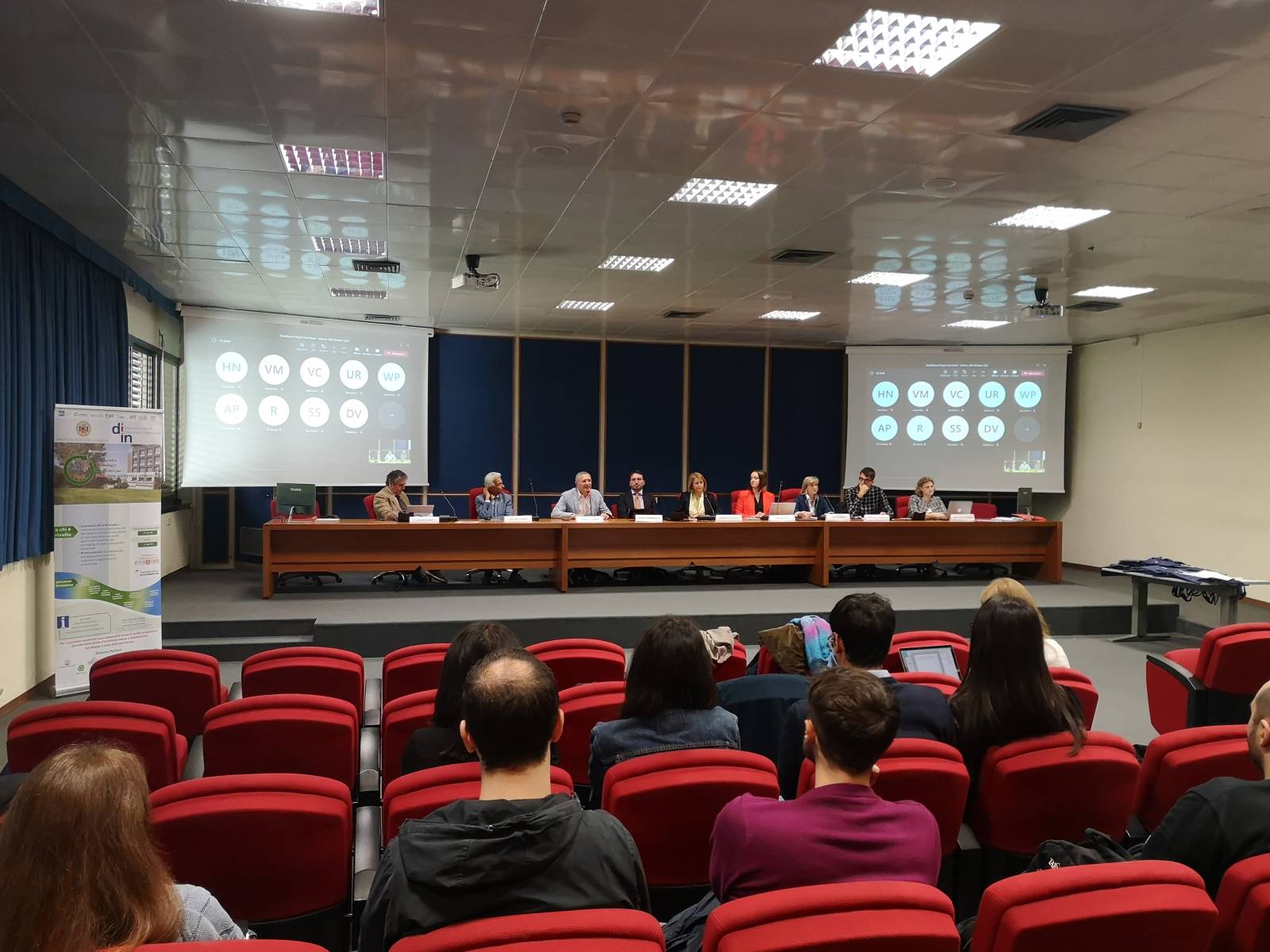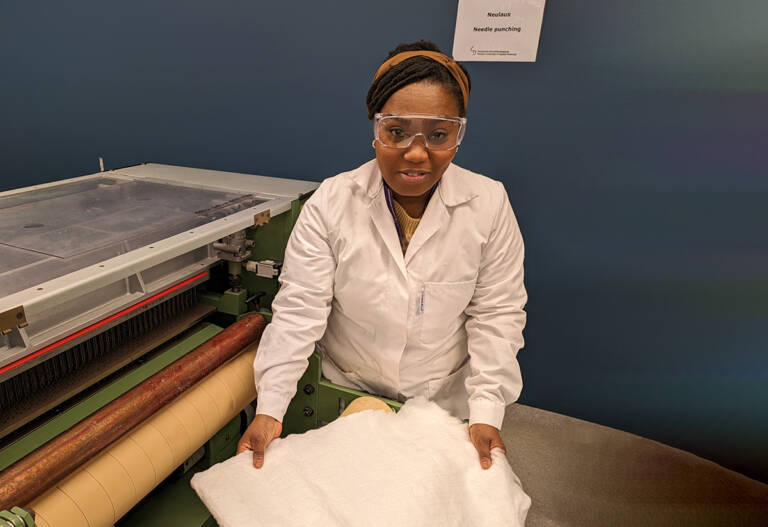In this blog we gathered some tips for companies operating in the plastics packaging value chain to foster the circular transformation. These tips are based on discussions and presentations during the PackAlliance project Final Event in Salerno, Italy, in October 2022.
Design for recycling but keep sustainability in mind
One of the key and concrete tips for the industry, brought up by Prof. Gaetano Guerra from University of Salerno, is to design the packaging for recycling. We agree that this is an extremely relevant point to help companies to fulfil the reusability and recyclability 2030 targets for packaging set by the EU. It is also worth highlighting the work of Plastics Recyclers Europe, presented by Fabrizio Di Gregorio. They have developed a platform, together with industrial stakeholders, how to assess if the packaging materials used are recyclable or not. He also underlined the need to harmonise especially plastic packaging materials used in Europe which also serves as a tip for circularity.
Another tip is that the packaging and the product might or even should form a coherent whole. Vanesa Martinez from Tecnopackaging presented interesting results from FISH4FISH project where new packaging materials were developed from industrial side streams, e.g., shellfish waste. These novel materials showed their potential in packaging of fish products. We were pleased to see this as this was also the objective in the TAMK’s previous HerääPahvi! project where both the packaging and the bread were produced from oat. Both are also brilliant examples of sustainability. Therefore, keep designing for circularity and recycling, but also mind the sustainability.
It is all about the communication and collaboration
One of the factors for success in our pilot training programme in the PackAlliance project were the multidisciplinary students. Packaging professionals with diverse backgrounds and working in various parts of the packaging sector had a chance for true collaboration through value chain to widen their perspectives while widening their professional network, like. Prof. Cristina Nerin from the University of Zaragoza and PackAlliance Technical Committee presented, and we fully agree.
This needs to be fulfilled in the industry level as well: all value chain players are equally important. Effective communication and education of stakeholders were mentioned several times during the PackAlliance Final Event. We were pleased to notice that consumer engagement was also emerging and acknowledged at an equal level among the players of the packaging value chain. Coming back to the tips, we want to highlight the post-consumer waste being recognised as a potential raw material. For sure, its use still needs R&D work to be adopted in high quality requirement products, like Sanna Piispa from Premix Oy presented.
Future competencies needed in transition to plastic packaging circular economy
Looking back the academic evidence and industry views presented here, our PackAlliance pilot programme “Specialist in the circular economy of plastic packaging” very well reflects the future competence needs of the plastic packaging professionals. We delivered a unique combination of academia-industry collaboration with holistic views to learn from when moving towards circular economy.
Read more about the project here.
Text: TAMK Senior Lecturers in Built Environment and Bioeconomy, Nina Kukkasniemi and Marita Hiipakka, and Development Manager in External Funding, Hanna-Greta Puurtinen.
Picture: Hanna-Greta Puurtinen





